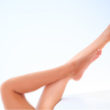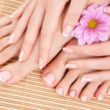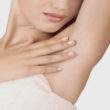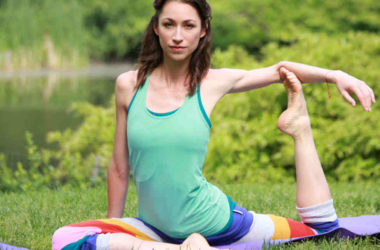Caring for the elderly is a task not only for care givers, but also the old person’s family. It may not be easy, due to the physiological changes an old person undergoes, such as reduction of visual and hearing abilities. Some of them also have some changes when it comes to cognition and mood. In this regard, the following are some pointers on how to take care of an old person.
Safety
Just like in children, safety is also a major concern for the elderly. As a person becomes older, his vision, hearing, and other senses weaken; this increases his risk for injuries, such as falls or accidents. As per Medicine Net, simple home safety recommendations for the elderly cover the use of canes or walkers, as well as shower seats for fall prevention. Also, assist devices like wheelchairs and scooters also promote safe mobility inside or outside the room. Hard wood floors may also be replaced with carpet to prevent injury in case of falls. In this regard, throw rugs should be avoided on hard wood floors or slick surfaces.
Due to the reduction in visual and auditory acuity, the use of hearing aids, glasses, and good lighting are recommended. Since cognitive decline is also common, especially in older people with Alzheimer’s disease or dementia, medications can be managed through the use of pill boxes to keep track of medications. In case of emergency, one may also subscribe to medical alert systems and programmed emergency phone number for easy access.
Food
Nutrition is another concern with the elderly. They need nutrients from food in order to stay healthy and far from acquiring diseases. As per Nursing Times, posture is vital when eating and the caregiver or helper should sit in the line of sight of the person being feed. In addition, the caregiver should talk calmly while giving verbal and non-verbal cues and encouragement. Old people may have dysphagia or difficulty chewing and swallowing, which can lead to aspiration. To prevent this, the food can be liquidized, shredded, or minced. Also, appropriate mouthfuls should be given. The person may also be positioned by tilting the head forward while swallowing to help protect the airway. Liquids should also be thickened, since the tongue may not control the flow and allow the liquid to go the trachea. If the old person has a weak side, such as in stroke, the head should be titled towards the stronger side to prevent food collecting on the weaker side.
Safety and nutrition are two important aspects when taking care of an old person. Thus, the above measures should be observed to ensure that they are safe and provided with adequate nutrients.












